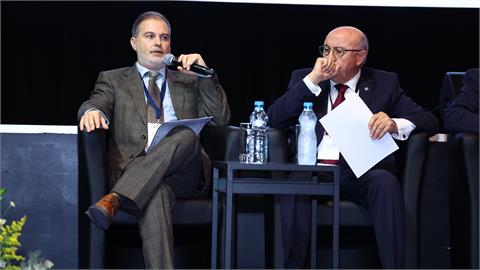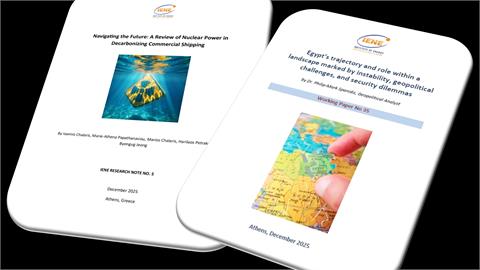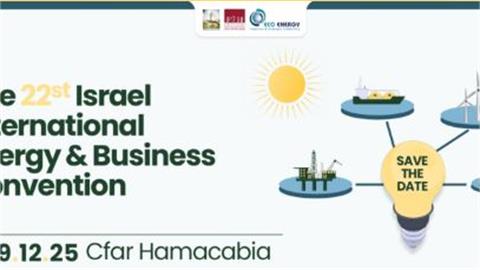On September 21, the Institute uploaded on its website its latest Working Paper (No. 31). The Paper, which is most timely given the precarious state of gas markets, especially in Europe, provides a detailed explanation of the elements that dictate gas prices around the world, including the mechanisms for setting a gas price formula, the role of trading hubs and the influence of major suppliers.
On September 21, the Institute uploaded on its website its latest Working Paper (No. 31). The Paper, which is most timely given the precarious state of gas markets, especially in Europe, provides a detailed explanation of the elements that dictate gas prices around the world, including the mechanisms for setting a gas price formula, the role of trading hubs and the influence of major suppliers. It also examines recent trends in gas prices including changes in the nature of gas contracts and the impact of the coronavirus pandemic. The report concludes with a forecast of future developments.
The paper is co-authored by Dr. Gina Cohen, member of IENE’s Board of Governors, Lecturer and Consultant on Natural Gas Industry (Israel) and by Mr. Michael Barron. This Working Paper is accessible through IENE’s website at www.iene.eu ("Publications” section) or here.
As the paper notes, gas prices are still largely set at regional level and are mostly influenced by market developers in North America, Europe and Asia. A well-developed global gas market has yet to emerge but a spot market for LNG cargoes does exist and is becoming more global in reach.
Gas has traditionally been sold using long-term contracts linked to the oil price. This remains the norm in Asia but is increasingly not the case in North America and Europe. Gas trading hubs have developed in North America and Europe. In addition, short-term contracts and spot market transactions are becoming more common. Moreover, gas pricing mechanisms are varied but can be divided into two broad categories: (a) market pricing and (b) regulated pricing. The proportion of gas consumed globally that is subject to market pricing reached more than 70% in 2020 due to liberalisation programmes in a range of markets.
LNG pricing has undergone considerable evolution in recent years as more suppliers have started operations, there is more interconnectedness between markets and historic long-term contracts have come to their end. There is a move away from long-term contracts especially in North America and Europe towards short-term contracts and the spot market. This trend is likely to continue especially in Asia.
In 2022-2024, global LNG supply is expected to remain tight as demand increases. In the longer term, the global response to climate change will be the main factor that shapes the dynamic of the global gas market. The use of natural gas is coming under pressure as governments attempt to transition to less carbon intensive energy systems.




